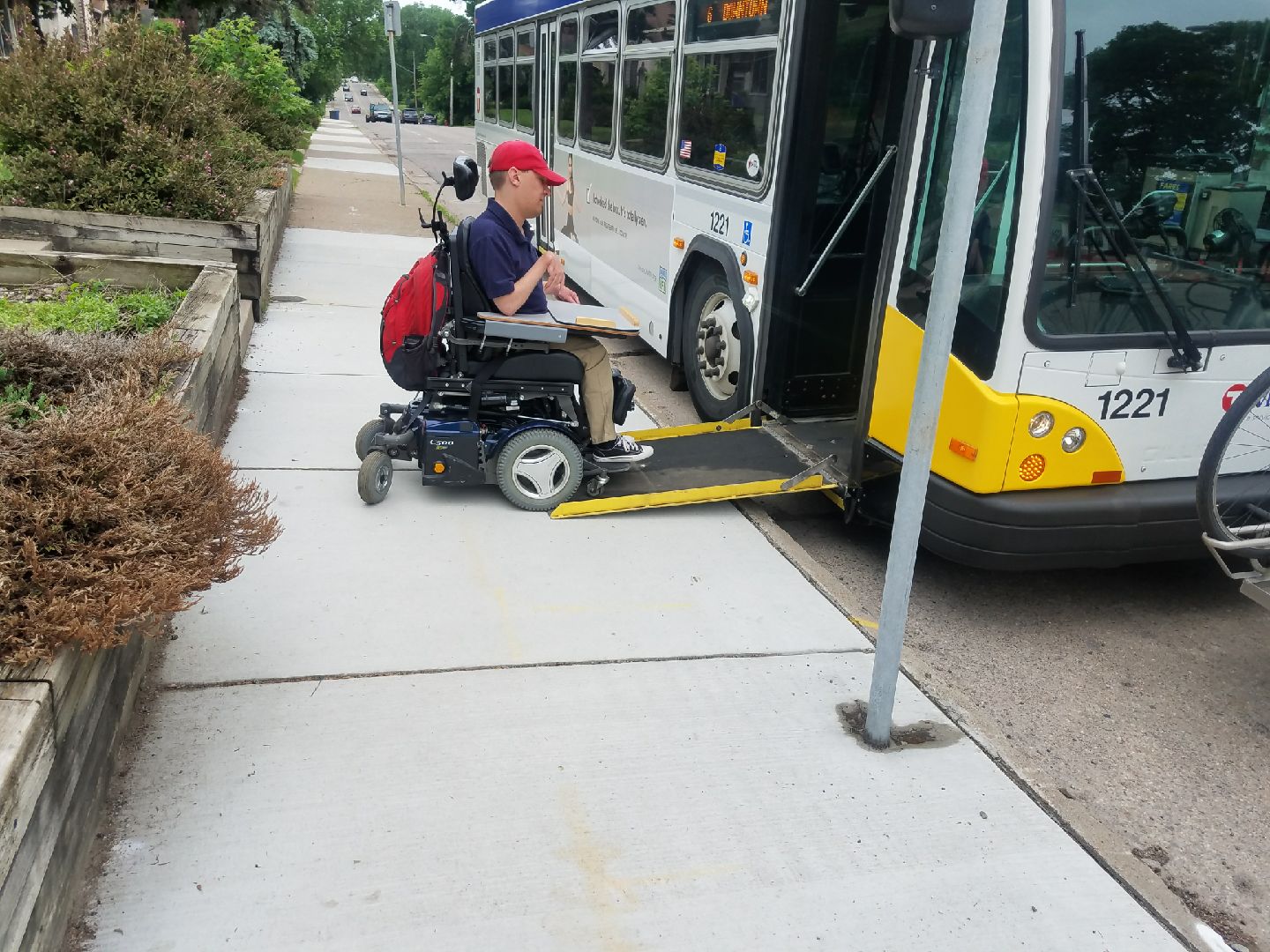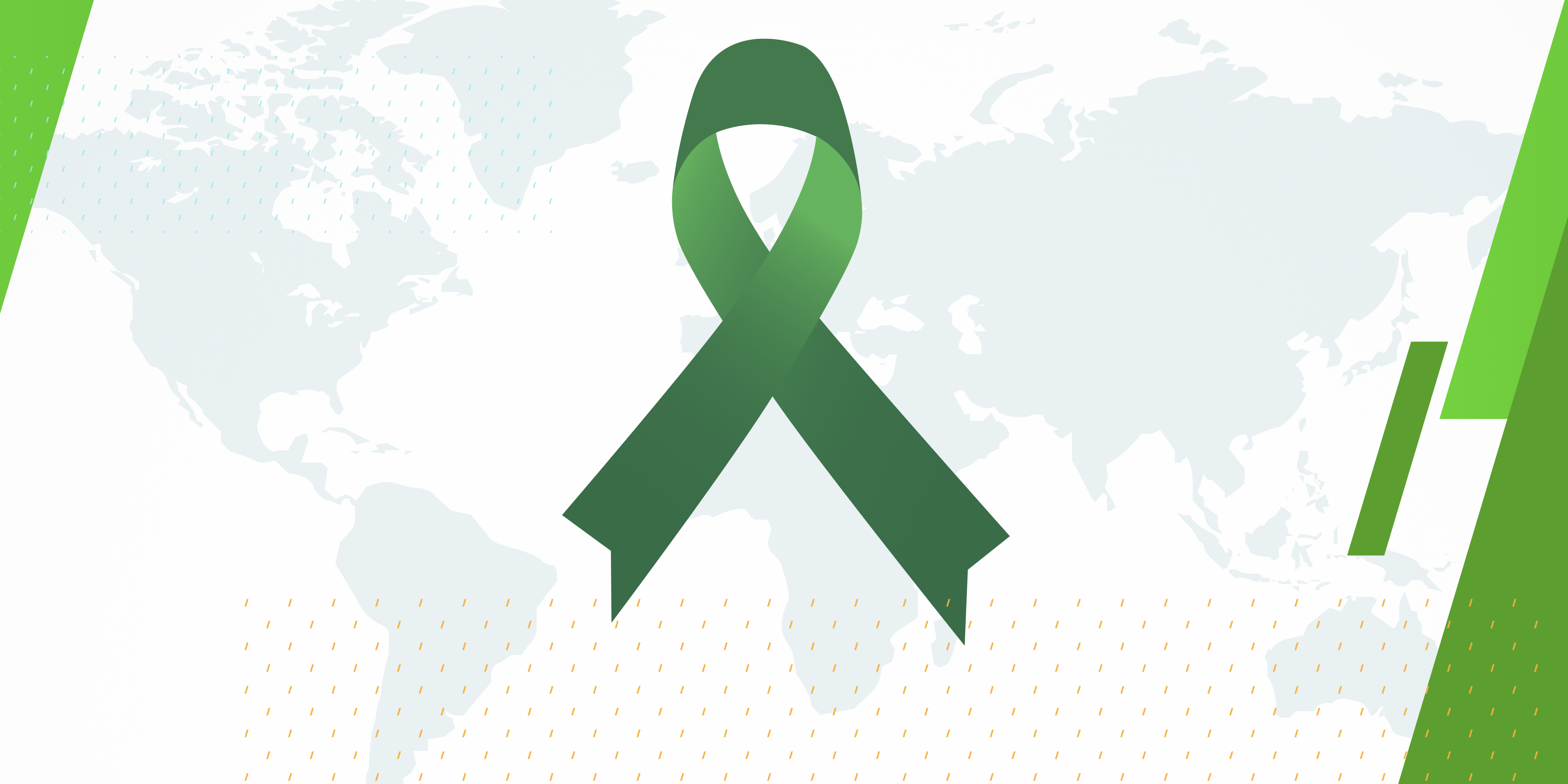In honor of Cerebral Palsy (CP) Awareness Day on March 25, I want to share some facts and figures about CP. I will share my firsthand experiences of living with CP, the challenges I have faced, and the opportunities I have received from living with a disability.
The CDC defines CP as “a group of disorders that affect a person’s ability to move and maintain balance and posture.” It is the most common childhood motor disease, meaning it affects the movements of certain muscles in the body. About 1 in 345 children in the U.S. are diagnosed with CP. CP is caused by abnormal brain development or brain damage that affects muscle control. Symptoms vary from person to person, and although they may change throughout a person’s lifetime, they do not get worse.
There are four main types of CP: spastic, dyskinetic, ataxic, and mixed. Spastic CP, the kind I have, is the most common type and affects about 80% of people with CP. People with spastic CP have increased muscle tone, meaning muscles are stiff and can result in awkward body movements.
People with dyskinetic CP have difficulty controlling their hands, arms, feet, and legs. Body movements are uncontrollable and can either be slow or fast. People with dyskinetic CP may also have difficulty sucking, swallowing, or talking.
People with ataxic CP have balance and coordination issues and difficulty controlling their bodies when they reach for things. These people may also have problems with activities requiring significant control, such as writing or opening items. People with mixed CP have symptoms of multiple types of CP. The most common type of CP is spastic-dyskinetic.
Living with Celebral Palsy: My Experience
My CP was caused by a brain infection I had when I was a week old. Because of my disability, I use a power wheelchair to get around (I can only walk a little with full assistance).

This can cause mobility issues. For example, it can be tough to navigate my wheelchair through snow (and I live in Minneapolis, so there is a lot of it!). My power wheelchair cannot go into houses with steps leading up to them, as the wheelchair is far too heavy to lift steps. In those cases, I use a lighter manual wheelchair that a parent or aide can lift. For travel, I use my most lightweight wheelchair.
I have little use of my right hand. As a result, I do everything left-handed. Being able to only really use one hand can make completing everyday tasks, like opening cans or bottles, difficult.
It also can take me extra time to complete tasks. One such task is writing. Although I can physically write, it often takes me much longer than others. Because of this, I dictated my exam answers in school to someone, and they would then write down exactly what I said. I was allowed extra time for exams because I had to tell someone my answers rather than write them down.
To write school papers, I voice recorded what I wanted to write, and then an aide would type what I said in the recording.
My disability has opened opportunities for me, though. I would not have met many of the people I have, including my aides and other friends, if I did not have a disability. I likely would not have had my assistive technology experiences. I have gotten certain internships and jobs (such as at Allyant) through my connection to accessibility.
My experience of living with cerebral palsy has made me grateful for companies such as Allyant that are working to make the world more equitable and accessible for all.

